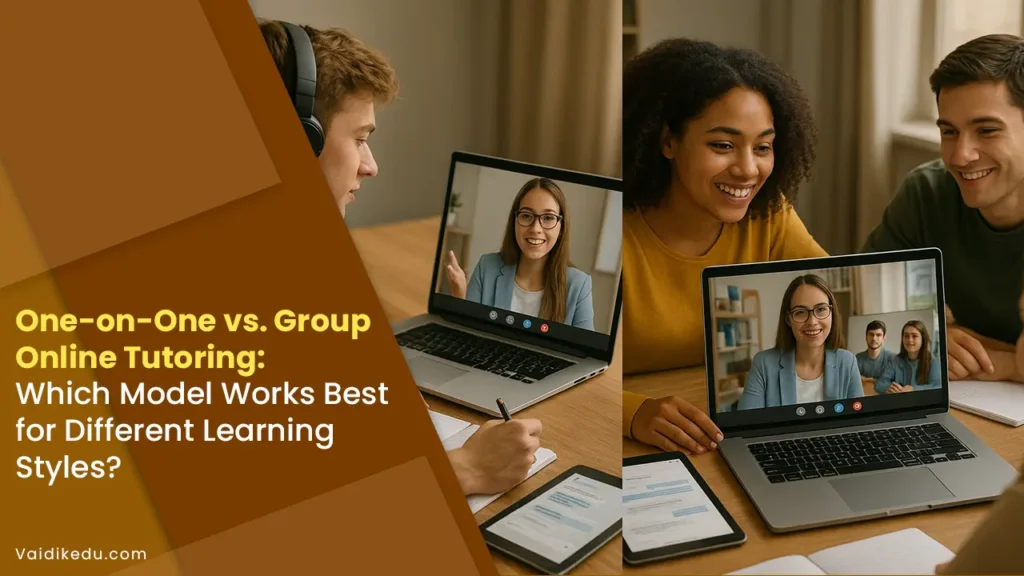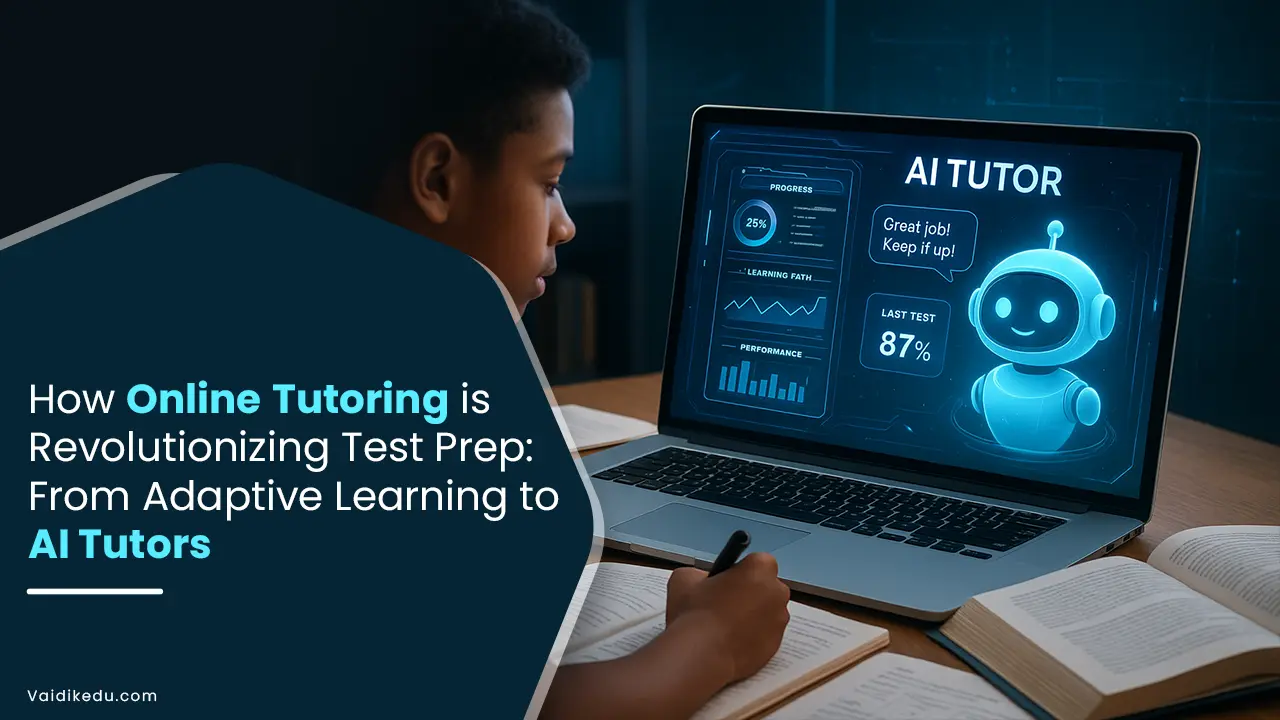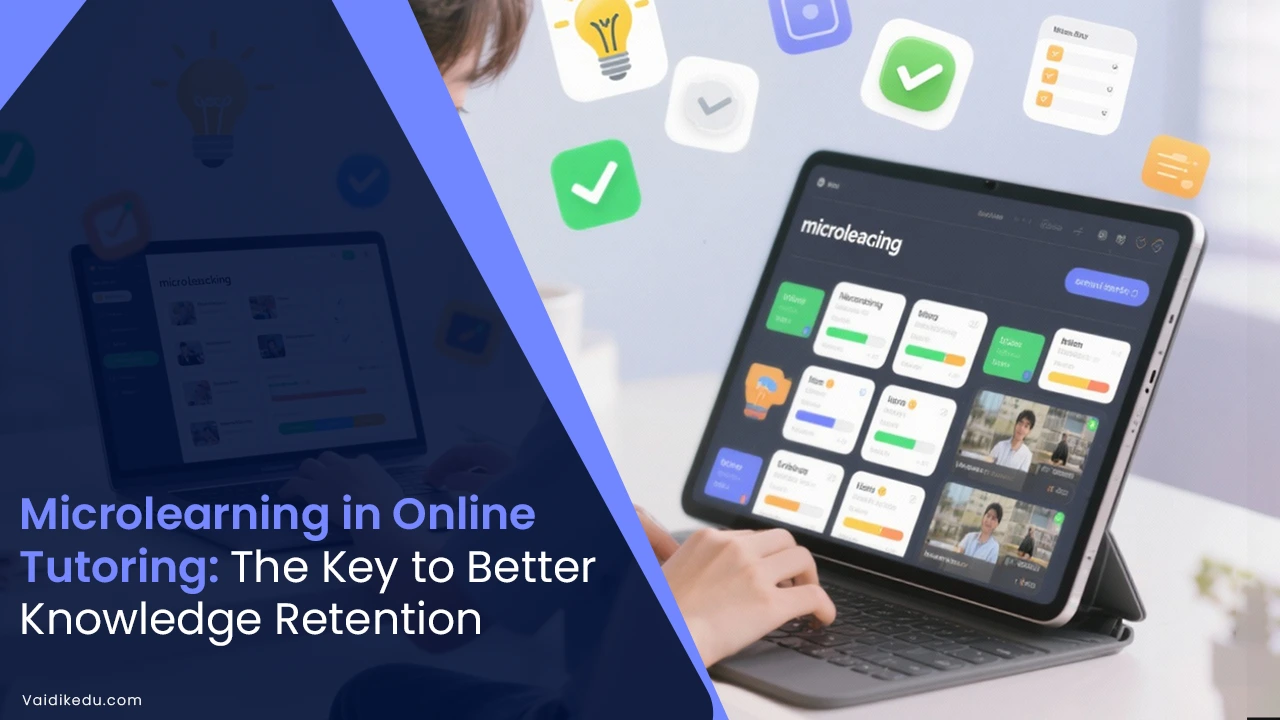Online tutoring has transformed education for the better by offering students flexible, accessible, and personalized learning experiences. With technology continuing to advance, students can now choose between one-on-one tutoring and group tutoring to enhance their academic performance. However, which model is most suitable depends on individual learning styles, preferences, and goals.
Some students would prefer the undivided attention of the tutor, which means they can get individual sessions while others are satisfied with an environment with many students in a group. Understanding differences and effectiveness in each model with regards to adjusting different learning styles is therefore important to increase academic success.
In this blog, we talk about the advantages, disadvantages, and appropriateness of one-on-one and group online tutoring Services for every type of learner. Be a parent, student, or educator, this guide will help you get the best choice for the right kind of online tutoring best suited to your needs.
What is one-on-one online tutoring?
This model can be conducted online, and normally, one tutor works with one student. Lesson planning is customized for students’ needs, ensuring them a learning experience that is tailored to their needs, giving them focused attention, and maximum retention.
The model is generic but is usually applied to subjects that require deep conceptual understanding and personalized guidance, such as mathematics, science, and language learning.
1. Advantages of One-to-One Online Tutoring
- Personalized Learning Experience: The lesson is fashioned according to the learning pace, skills, or abilities of the student.
- Improved Focus: A student learns better since he is more focused on what the tutor has to impart.
- Flexible Pacing: The learning speed at which the tutor imparts lessons can be accelerated or decelerated based on the learning student.
- Immediate Feedback: Corrections and explanations are provided immediately so that the student can learn quickly and improve.
- Building Confidence: Individual attention will make the students ask questions without fear.
2. Most Suitable Learning Styles for One-to-One Tutoring
- One-to-one tutoring is ideal for visual, auditory, and kinesthetic learners:
- Videos and graphical presentations can be displayed using a digital whiteboard.
- Verbal communication will make conversations and explanations lively.
- Practical activities or exercises that act as exercises in solving problems can also be taught in the session.
- Those requiring more time to understand some of the concepts or working a few sessions ahead appreciate having their one-on-one learning at a self-paced pace.
3. Challenges in One-on-One Online Tutoring
- Higher Price: Private classes are much more expensive compared to group tuition.
- Lack of Interaction with Peers: The student will miss some benefits of group discussions and collaboration learning.
- Over-reliance on the Tutor: The students may end up being too dependent on the tutor, hence reducing their capacity to solve problems independently.
- However, one-to-one tutoring is excellent for supporting individual needs. This is mainly if one has focused on exam preparation or specific skill development.
Understanding Group Online Tutoring
1. What Is Group Online Tutoring?
Group online tutoring is an activity where a group of students learn with the assistance of a single tutor. This type of model is highly in vogue for exam preparation, competitive tests, and languages and social sciences as these require peer interaction.
2. Advantages of Group Online Tutoring
- Collaborative Learning: The interaction among the students takes place through discussions, debates, and shared problem-solving.
- Cost-Effective: Group tutoring is much more economical as compared to one-to-one sessions.
- Peer Motivation: The presence of fellow students motivates them for better performance.
- Diverse Perceptivity: It makes the exposure of diversified points of view to the students which enables them to enhance their critical thinking and understanding.
- Time Management: Fixed time slots make the student disciplined and dedicated to learning.
Online One-on-one vs. Online Group Tutoring: What Best Suits Your Needs?
1. Key Ingredients Comparison
Element One-on-One Tutoring Group Tutoring
Personalization:- High – Lesson tailored to individual’s needs,Low – Standard curriculum for everyone
Cost:- More expensive because of personalized focus, Less expensive
PacingFlexible, student-pacedFixed, tutor-paced
Interaction :- Direct tutor-to-student interactionPeer interaction and group discussion
Engagement:- Deep focus on personal learning and active learning through group work
Accountability:- Tutor makes sure that the student is on track. Peer pressure and group participation motivate the student.
2. Option Based on Learning Objective
For Conceptual Learning (Math, Science, Languages): One-on-one tutoring is a better option.
For Competitive Exams (SAT, GRE, IELTS, JEE, NEET): Group tutoring provides motivation and practice tests.
For Improvement in Coding, Public Speaking, or Writing: One-on-one tutoring allows improvement directly.
General Subject Support-Group tutoring allows discussion of viewpoints and representation.
3. The Hybrid Model: The Best of Both Worlds
Some students require a hybrid tutoring model, one that combines the advantages of one-on-one and group sessions.
Example 1: A student can go to general tutoring groups for preparation of general concepts for the SAT but choose individual tutoring for strong areas such as solving math problems.
Example 2: A language learner could attend group discussions for fluency while attending individual grammar classes.
Example 3: A student appearing for some competitive exams can attend a group test series while meeting the coach personally for doubt clearing.
Hybrid learning can be combined with the most beneficial options from both categories.
Conclusion
The merits as well as drawbacks of one-to-one and group tutoring exist in the online scenario. The choice relies on personal learning, education needs, and a budget.
Individual tutoring is ideal for a child who needs more attention, needs the flexibility to control the speed, and wants some subjects to learn through depth mastery.
Group tutoring would prove best for a collaborative learner enjoying interactive discussions along with mutual motivation besides saving money on the study plan.
Hybrid systems present the best virtues of the model since both models suit individualistic needs.
Eventually, students need to assess their learning styles and academic needs to understand which online model will suit them best. Whichever the case, one-to-one mentorship or a group setting, the key to succeeding in any of the online tutoring models is consistency, interaction, and flexibility.
Frequently Asked Questions
It depends on the learning style of the child. One-on-one tutoring offers attention that nobody else has. On the other hand, group tutoring provides more benefits regarding collective learning.
Group tutoring is generally more cost-effective, while one-on-one tutoring is more expensive due to individualized instruction.
Practical tests and motivational support are provided through group tuition. The personal strategy and weak spots can be learned efficiently with one-to-one tutoring.
Look for learning methodology, academic standards, budget restraint, and whether they enjoy or are apt in one-to-one or group tutoring model
An effective tutoring system will serve in optimum exploitation of the time for learning that the students get through and attain the highest output from them in academics.









